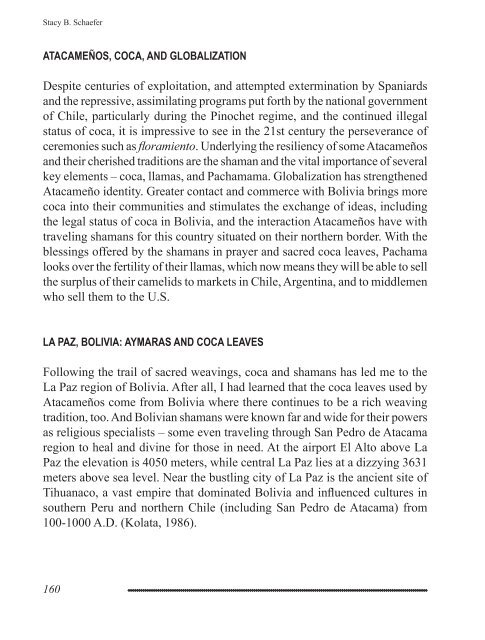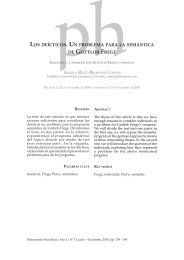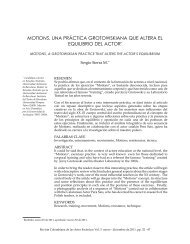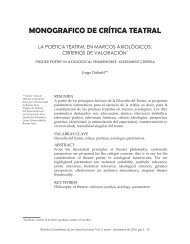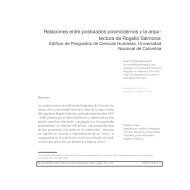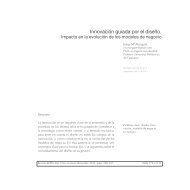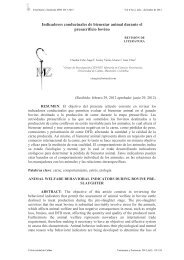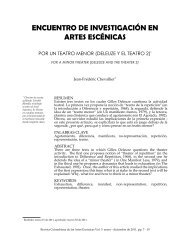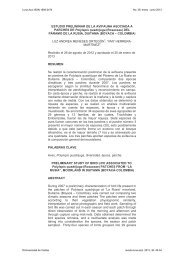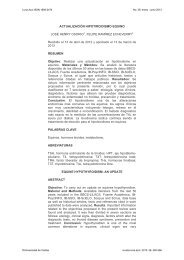shamans, peyote, and coca sacraments: a path
shamans, peyote, and coca sacraments: a path
shamans, peyote, and coca sacraments: a path
You also want an ePaper? Increase the reach of your titles
YUMPU automatically turns print PDFs into web optimized ePapers that Google loves.
Stacy B. Schaefer<br />
ATACAMEÑOS, COCA, AND GLOBALIZATION<br />
Despite centuries of exploitation, <strong>and</strong> attempted extermination by Spaniards<br />
<strong>and</strong> the repressive, assimilating programs put forth by the national government<br />
of Chile, particularly during the Pinochet regime, <strong>and</strong> the continued illegal<br />
status of <strong>coca</strong>, it is impressive to see in the 21st century the perseverance of<br />
ceremonies such as � oramiento. Underlying the resiliency of some Atacameños<br />
<strong>and</strong> their cherished traditions are the shaman <strong>and</strong> the vital importance of several<br />
key elements – <strong>coca</strong>, llamas, <strong>and</strong> Pachamama. Globalization has strengthened<br />
Atacameño identity. Greater contact <strong>and</strong> commerce with Bolivia brings more<br />
<strong>coca</strong> into their communities <strong>and</strong> stimulates the exchange of ideas, including<br />
the legal status of <strong>coca</strong> in Bolivia, <strong>and</strong> the interaction Atacameños have with<br />
traveling <strong>shamans</strong> for this country situated on their northern border. With the<br />
blessings offered by the <strong>shamans</strong> in prayer <strong>and</strong> sacred <strong>coca</strong> leaves, Pachama<br />
looks over the fertility of their llamas, which now means they will be able to sell<br />
the surplus of their camelids to markets in Chile, Argentina, <strong>and</strong> to middlemen<br />
who sell them to the U.S.<br />
LA PAZ, BOLIVIA: AYMARAS AND COCA LEAVES<br />
Following the trail of sacred weavings, <strong>coca</strong> <strong>and</strong> <strong>shamans</strong> has led me to the<br />
La Paz region of Bolivia. After all, I had learned that the <strong>coca</strong> leaves used by<br />
Atacameños come from Bolivia where there continues to be a rich weaving<br />
tradition, too. And Bolivian <strong>shamans</strong> were known far <strong>and</strong> wide for their powers<br />
as religious specialists – some even traveling through San Pedro de Atacama<br />
region to heal <strong>and</strong> divine for those in need. At the airport El Alto above La<br />
Paz the elevation is 4050 meters, while central La Paz lies at a dizzying 3631<br />
meters above sea level. Near the bustling city of La Paz is the ancient site of<br />
Tihuanaco, a vast empire that dominated Bolivia <strong>and</strong> in� uenced cultures in<br />
southern Peru <strong>and</strong> northern Chile (including San Pedro de Atacama) from<br />
100-1000 A.D. (Kolata, 1986).<br />
160


